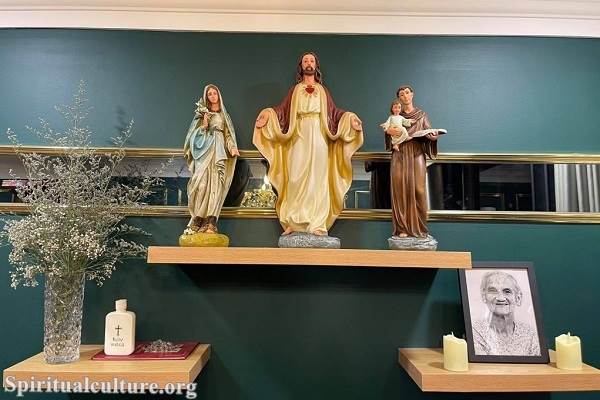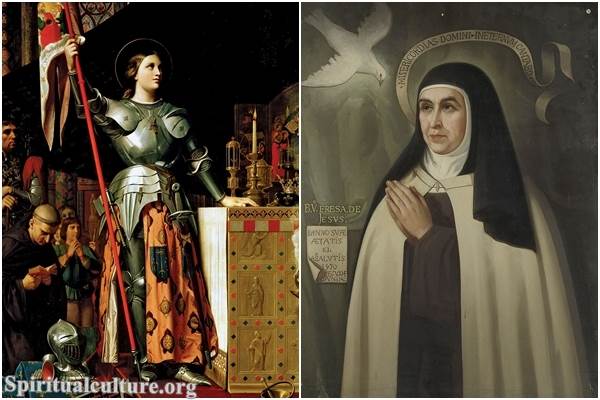Roman Catholicism, as one of the oldest and largest branches of Christianity, has a rich heritage of symbolism. Catholic symbols, serving as visual expressions of faith, are infused with profound spiritual meanings. They serve as a bridge, connecting our earthly experiences to the divine mysteries. This article offers a comprehensive look at some of these revered Catholic symbols, their meanings, and their uses in various contexts such as during Mass, in relation to the Pope, and in art and architecture.
Catholic Symbols and Their Meanings
At the heart of Catholic symbolism is the cross, representing the crucifixion of Jesus Christ. It is a powerful reminder of God’s love and sacrifice. Another key symbol is the Sacred Heart, depicting Jesus’ divine love for humanity. It is often shown as a flaming heart, pierced by a lance-wound and encircled by a crown of thorns.
The fish, or Ichthys, is an ancient symbol of Christ. The Greek word Ichthys translates to ‘Jesus Christ, Son of God, Savior’. The alpha and omega symbols, the first and last letters of the Greek alphabet, signify Christ as the beginning and end of all things.
Catholic Symbols Used During Mass
During a Catholic Mass, a variety of symbols are employed to deepen the worship experience. The altar itself symbolizes Christ, and the liturgical colors used in vestments and altar cloths (purple, white, green, and red) correspond to different seasons of the Church’s liturgical year.
The chalice, used to hold the wine, and the paten, used to hold the bread, are symbolic of the Last Supper. The processional cross, carried at the beginning and end of Mass, symbolizes Christ’s leadership and presence. Incense, used during certain parts of the Mass, represents prayers rising to heaven.
Symbols Specific to the Pope
The Pope, as the spiritual leader of the Catholic Church, has specific symbols associated with his position. The Papal Cross, a staff with three horizontal bars at the top, represents the Pope’s temporal and spiritual authority.
The Fisherman’s Ring, worn by the Pope, features an engraving of St. Peter (considered the first Pope) fishing, symbolizing the Pope’s role as ‘fisher of men’. The Papal Coat of Arms, unique to each Pope, incorporates personal symbols and traditional elements like the Papal Tiara and the keys of St. Peter, representing the keys to the Kingdom of Heaven.
Catholic Symbols in Art and Architecture
Catholic symbols are also deeply woven into the fabric of art and architecture. Churches are often built in the shape of a cross, and their interiors adorned with religious symbolism. Stained glass windows often depict biblical stories, saints, and symbols like the lamb (representing Jesus as the Lamb of God), the dove (symbolizing the Holy Spirit), and the pelican (a symbol of Christ’s self-sacrifice).
In conclusion, Roman Catholic symbols serve as a profound language of faith, bridging the gap between the divine and the human, the spiritual and the physical. They are a rich part of the Church’s heritage and a beautiful expression of its deep and abiding faith. Whether encountered during Mass, in relation to the Pope, or in art and architecture, these symbols offer a tangible connection to the mysteries of faith, inviting us to a deeper understanding and appreciation of our Catholic heritage.



